Computational scientists help schools across Chicagoland celebrate global Hour of Code
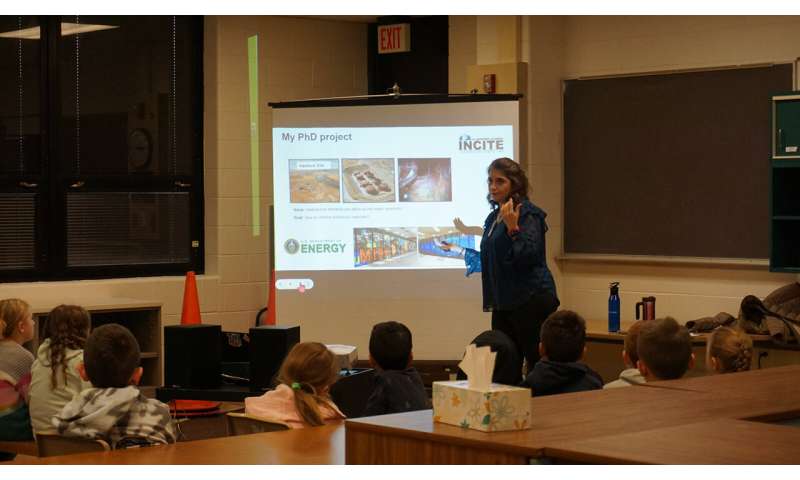
It was a Friday, but the fourth-grade students of Prairieview Elementary School in Downers Grove, Illinois all sat attentively as they listened to a speaker from the U.S. Department of Energy's (DOE) Argonne National Laboratory: Brian Sebby, a lead systems engineer who maintains Argonne's computer servers.
Sebby had already spoken to the school's third- and fifth-grade classes earlier that morning, but he remained eager to talk to students about how Argonne needs students like them—even if many were only just starting to learn about coding—for the next generation of computer science.
"I'm excited for all of you, because you're going to help us design the next-generation computers," Sebby told them. "Try to think of what you'll have [for computers] in 10, 20, 40 years from now: it's going to be incredible."
That same day and week, other schools across the country and around the globe experienced similar coding experiences: More than 58,000 volunteers, including 28 computer science ambassadors from Argonne, contributed to the 2023 Hour of Code worldwide. Together, Argonne's staff volunteered over 100 hours to Hour of Code and reached over 2,000 students across the Chicago area.
"Our Hour of Code challenge was a rousing success, and Brian's visit was the perfect culmination to the week," said Jake Little, Prairieview's principal. "It was such a fun day, and I appreciate Brian for sharing his passion for science with our students."
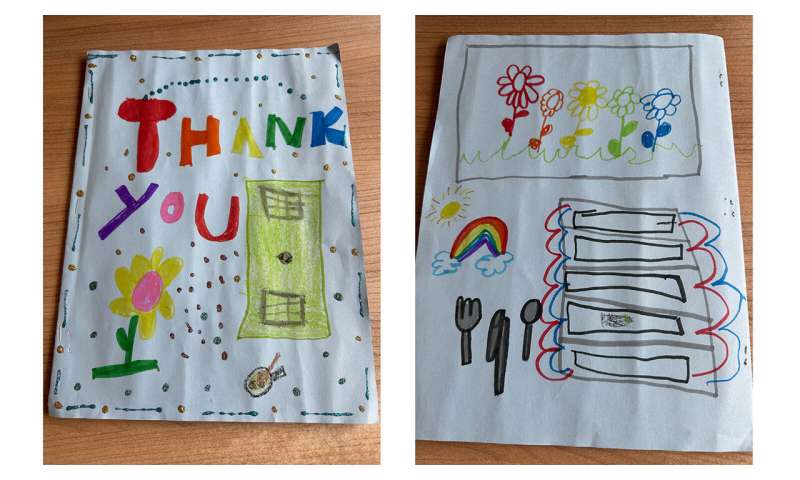
During Computer Science Education Week in December every year, computer scientists and experts worldwide visit schools for one-hour talks about coding and computer science. Each volunteer brings their experiences in science, technology, engineering and mathematics (STEM) and their perspectives on how to teach coding.
Yasaman Ghadar, a computational scientist at the Argonne Leadership Computing Facility (ALCF) who spoke on supercomputers at Concord Elementary School in Darien, Illinois, thought about topics from the kids' perspective and considered what they'd find exciting.
For instance, she compared how students measure their height to how scientists measure computers' power. She wrote different computers' speeds on the board and showed how the number of zeroes increased at the end as computers advanced.
Ghadar also broke up her talks with moments to reflect and see what the students thought. The ALCF, a DOE Office of Science user facility, is home to Aurora, a new exascale supercomputer that will be capable of performing over a quintillion (1,000,000,000,000,000,000) calculations per second.
-
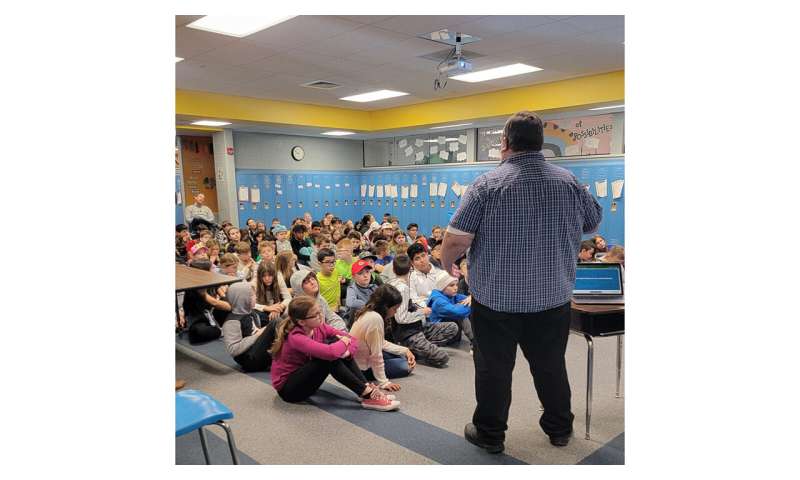
Brian Sebby, a lead systems engineer at the lab, speaks to third-, fourth- and fifth-grade students at Prairieview Elementary School for Hour of Code. Credit: Argonne National Laboratory.) -
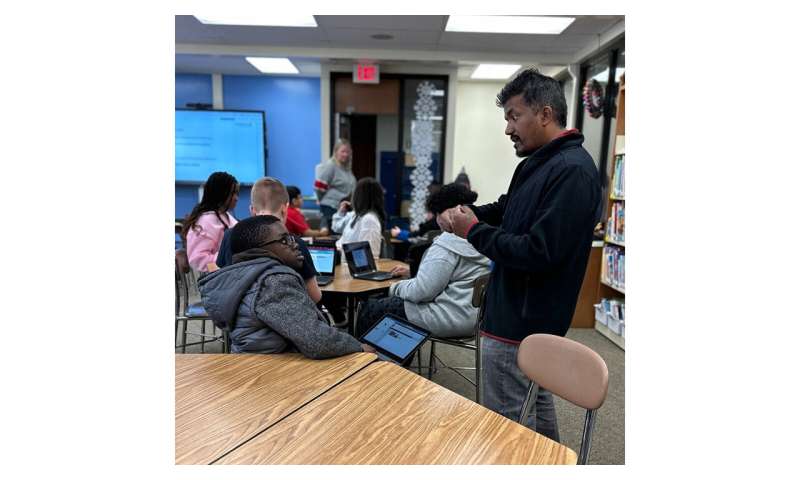
Fourth- and sixth-grade students at Anne Fox Elementary School, in Hanover Park, Ill., celebrate Hour of Code with Tupendra Oli, a postdoctoral appointee in Argonne's High Energy Physics division. They had many questions to ask. Credit: Argonne National Laboratory.) -
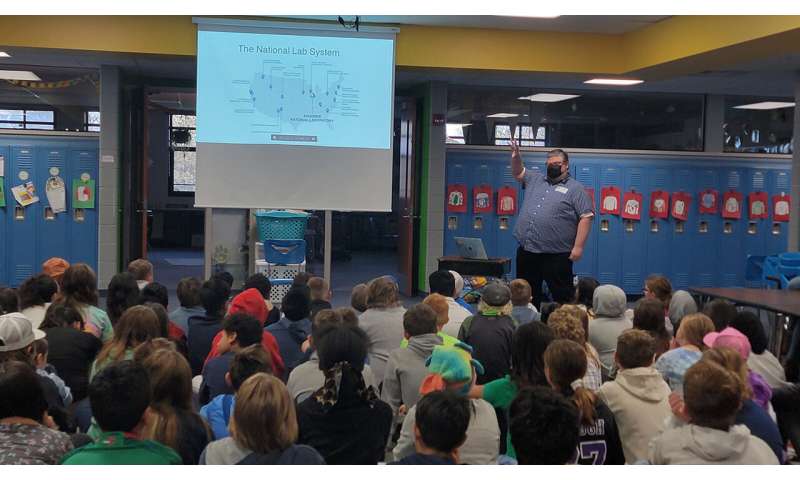
Brian Sebby explains how national labs such as Argonne can be found across the country. Credit: Argonne National Laboratory.)
This was Ghadar's first time volunteering for Hour of Code, but she successfully engaged youth in otherwise complex STEM topics like supercomputers. The students even sent her a thank-you booklet afterwards.
"It was all fascinating to them, and they asked key questions that showed they were actually paying attention and learning. Their hands were always up," Ghadar said. "Then a couple of weeks later, one of the parents and their daughter approached me. Since my talk, their daughter has been constantly talking about it, saying that she wants to become a scientist or an engineer. I was very happy to hear that."
2023 was Argonne's ninth year participating in Hour of Code. Many of the volunteers participated in previous years, and new participants like Ghadar intend to support Hour of Code in years to come.
"As a woman in STEM, I see the need to encourage diversity, and I enjoy talking to students about what we do in science," Ghadar said. "I want to tell them that you don't have to be the smartest kid—you just have to be persistent and work for something you want, but you can achieve it and have fun."
Provided by Argonne National Laboratory